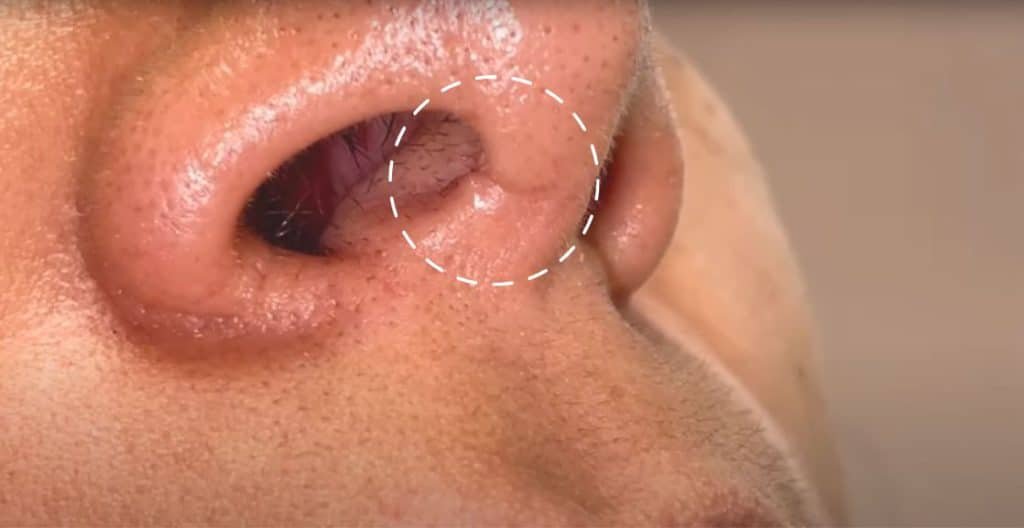
How to Handle Scar Tissue After Rhinoplasty
Rhinoplasty, commonly known as a “nose job,” is a surgical procedure designed to reshape the nose for aesthetic enhancement or functional improvement. Like any surgery, it involves incisions that naturally lead to the formation of scar tissue as part of the body’s healing process. Understanding how scar tissue develops after rhinoplasty is essential for patients aiming for the best possible outcome.
What is Scar Tissue?
Scar tissue forms when the skin repairs itself following trauma, such as surgical cuts. After rhinoplasty, scar tissue can take several forms, with the most common being hypertrophic scars and keloids.
- Hypertrophic scars are raised, red scars confined within the boundaries of the original incision.
- Keloids are more severe, growing beyond the incision area and forming thick, raised nodules.
Timeline of Scar Tissue Development
Shortly after surgery, it is normal to notice redness, firmness, and swelling around the incision sites. This early phase reflects active healing. Over the next several months, the scar tissue remodels and softens, becoming less visible. Full maturation of scars can take a year or longer, with scars typically fading and flattening over time.
Factors Influencing Scar Formation
Several factors affect the extent and appearance of scar tissue after rhinoplasty:
- Genetics: Some people are genetically predisposed to develop thicker scars or keloids.
- Surgical Technique: The precision and care used by the surgeon influence how well scars heal. The best rhinoplasty surgeons use minimal and meticulous incisions to reduce scarring.
- Post-operative Care: Proper wound care, hygiene, and follow-up visits play a critical role in managing scar formation.
The Healing Process
The body’s healing involves complex cellular activity that closes wounds and rebuilds tissue. Initially, swelling and redness are common but gradually subside, revealing smoother, refined nasal contours as healing progresses.
Strategies to Minimize and Manage Scar Tissue
Adhering closely to your surgeon’s post-operative instructions is vital to reduce scar tissue formation. Key strategies include:
- Wound Care: Keeping the surgical site clean and protected lowers infection risk and supports healing.
- Silicone Sheets and Gels: These have proven benefits in hydrating the skin, flattening raised scars, and reducing redness.
- Pressure Therapy: Applying gentle, consistent pressure can help minimize scar thickness.
- Massage Therapy: Once healing permits, gentle massage improves blood flow and breaks down scar tissue. Patients should learn proper techniques from their healthcare provider.
- Topical Treatments: Prescription corticosteroids reduce inflammation, while retinoids promote healthy skin renewal. Use only under medical guidance.
- Non-invasive Procedures: Treatments like laser therapy, microneedling, and cryotherapy offer effective options for improving scar texture, color, and size. Consulting with the best ENT or rhinoplasty surgeon in Dubai can help select the most suitable approach.
Supporting Natural Healing
Maintaining a balanced diet rich in vitamins and minerals, staying well-hydrated, and avoiding smoking are essential for optimal healing. Smoking impairs blood circulation and delays tissue repair, negatively impacting scar outcomes.
When to Seek Professional Help
If scars become painful, excessively raised, or cosmetically concerning, it’s important to consult your ENT specialist or rhinoplasty surgeon promptly. They can recommend advanced treatments or corrective procedures to manage problematic scars effectively.
In conclusion, scar tissue formation is a natural part of rhinoplasty recovery. With the right surgical technique, diligent post-operative care, and professional guidance from the best ENT or rhinoplasty surgeon in Dubai, patients can minimize scarring and achieve beautiful, lasting results.